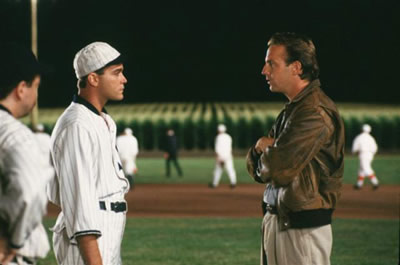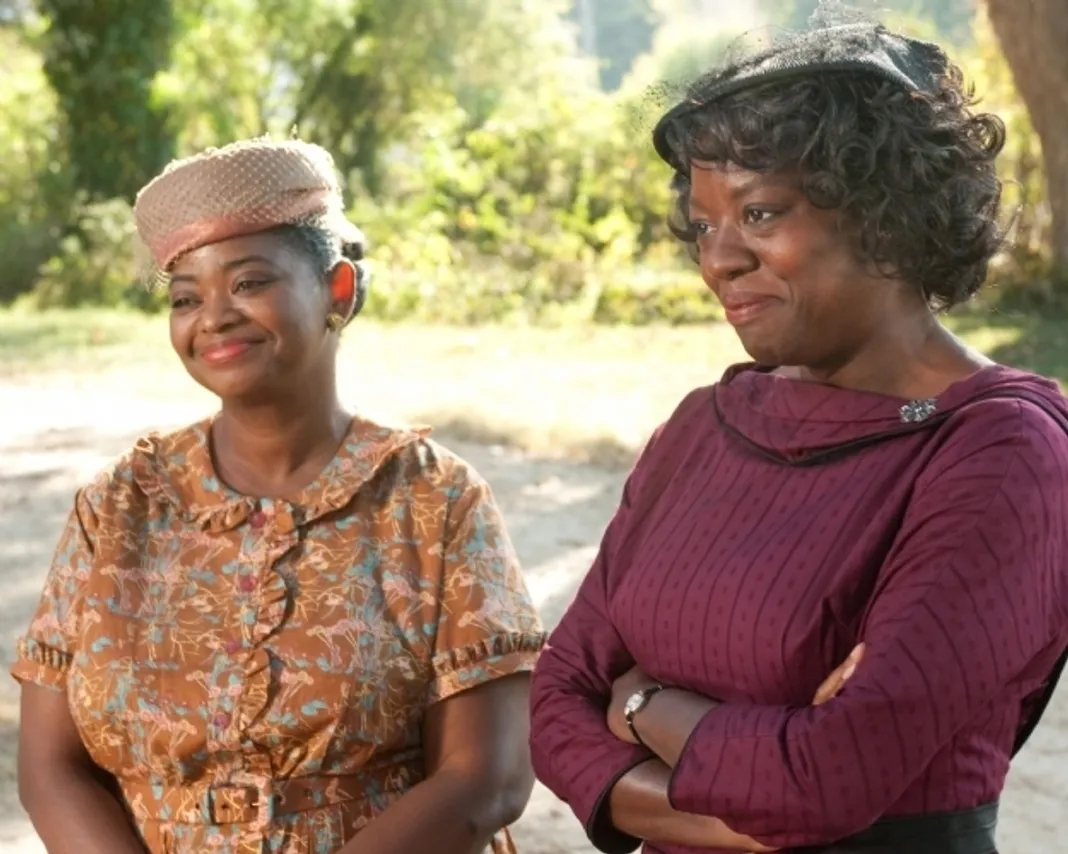 After watching The Help, one movie came to mind: Field of Dreams.
After watching The Help, one movie came to mind: Field of Dreams.
Don’t worry, the adaptation of 2009’s biggest beach read hasn’t been brought to the screen with an added baseball subplot, nor do we hear anything akin to “if you write it, they will come” during the main character Skeeter’s quest to publish a revealing book on African-American maids in the 1960s. This is more of a feeling, a connection between The Help and Field of Dreams that would have felt run-of-the-mill in the late ’80s/early ’90s—but in 2011, it’s like the cinematic equivalent of spotting a Bigfoot.
“They don’t make them like they used to”—a nostalgia bomb generally saved for the films we devoured as kids, experiences that modern movies don’t echo. But truthfully, they don’t make them like they used to and they shouldn’t; the passing of time spurs a change in sensibilities for both filmmakers and audiences. Trying to replicate or mimic movies from another era would feel disingenuous.
That evolution makes The Help a fascinating irregularity.
Let’s agree on something: after the events of September 11th, a lot of familiarities changed—including movies. Without warning, the world became a darker, uglier, tangible place and our cinematic entertainment changed with it. Bombastic action flicks with gun-toting, patriotic heroes were replaced with reality-based fare, the Jason Bourne and Dark Knight approach to blockbusters. Pleasantly sappy, sentimental dramas that peppered the prior twenty years—Field of Dreams, Forrest Gump, Titanic and even Shawshank Redemption—slowly trickled out of Hollywood’s slates, letting the smaller studios do the hard work with gritty, off-beat alternatives. Remember 2007, the year that gave us There Will Be Blood and No Country for Old Men? Things got serious. Serious serious.
And then out of nowhere, The Help—a charming little drama that smothers its serious social issues with a syrupy Southern twang. A serving of Hollywood glitziness and sentimentality that still tries to say something. If The Help starred Katherine Heigl you could toss the movie into a heap of pandering femme flicks. If it was Meryl Streep and Halle Berry, this era’s obvious Oscar bait. But instead it opts for solid actors, straight-forward directing and a whole lot of heart. If that’s not a Kevin Costner movie, I don’t know what is.

This may be a turn off to some, but for me it’s a breath of fresh air, a revival of an old-fashioned (yes, the ’80s and early ’90s are now old fashioned, brace yourself) way of movie making that we don’t see in theaters today. That’s the fate of mid-level films, movies that don’t fit into today’s Hollywood mold, where you’re either a summer blockbuster, an end-of-year drama or a schlocky winter/fall genre grab. A movie needs a specific demographic and purpose now, or else it doesn’t get out the gate.
Back in 1989, Field of Dreams made AFI’s annual “ten best” of the year list. Today, I’d be surprised to find in a theater for more than two weeks, clawing its way between a zombie movie and an Adam Sandler comedy, gasping for air (and box office). That is, if it ever got the go ahead to be made. The Help, a bona fide anomaly, may be in the same boat: does it have the appeal to bring home the bucks of beyond the core audience that read the book two years ago?
Maybe, but if it does succeed, it may shepherd a new wave of films, a new perspective. Judging from the reception of the last decade of films, people aren’t too unhappy with the post-9/11 direction—but maybe we could use a little fluff in there too. The Help helps.


